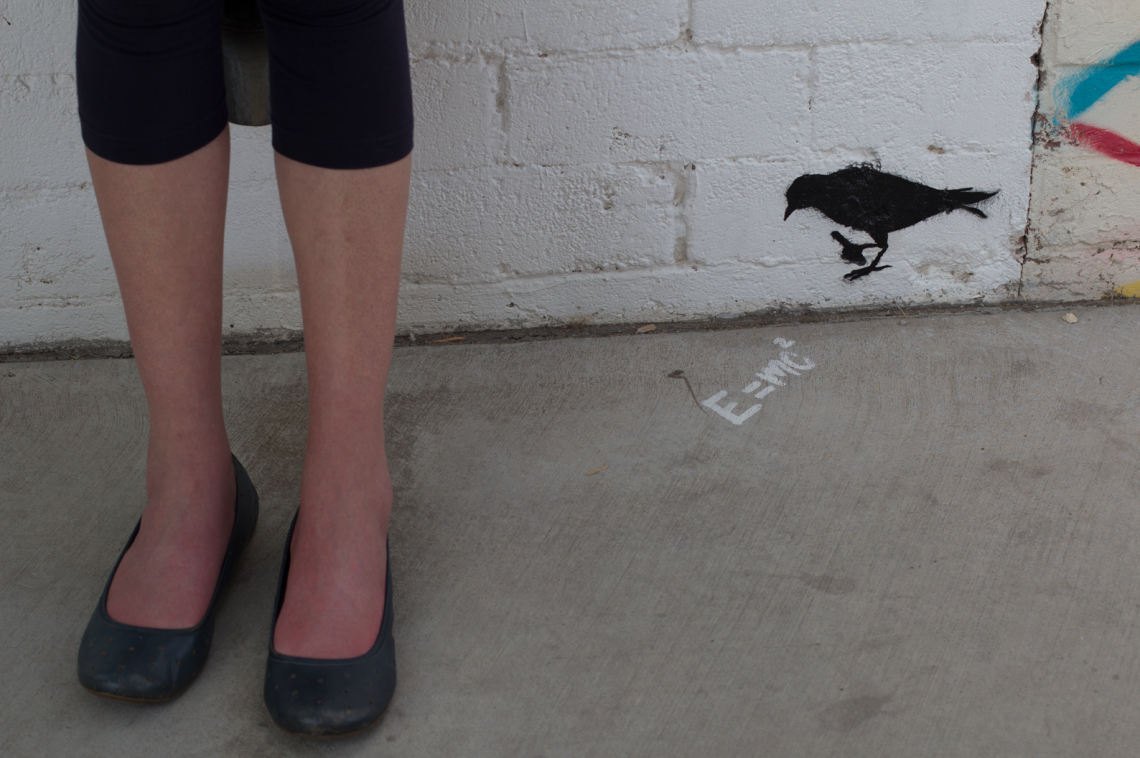
Our attendees at this year’s ArtPlace Summit in Phoenix, AZ dug into the question, “How will the arts help achieve community change?”
Attendees in the “Creating Art in & for Place: Methods for Locale-Minded Curation” breakout session quickly agreed that art and culture are not a band aid for wider community issues – they are tools to be used as part of a holistic place-based strategy. “Our approach has been to start with community needs first, and then look at how and in what ways the arts can be a tool that responds to those needs,” one attendee said.
Getting to the core of a given community and finding out what “locale-minded curation” means to them can be difficult, but Beth Takekawa, executive director of the Wing Luke Museum of the Asian Pacific American Experience, was able to offer an interesting strategy from her organization’s toolkit. Beth described the Wing Luke Museum as “a cultural gathering place that creates its exhibits and projects with a community-directed process, rather than the traditional museum’s individual curator-driven approach.”
As a touchstone for the arts in the Seattle, WA community, the Wing Luke Museum has created hundreds of original exhibitions under the direction of community advisory committees. Those committees are facilitated by professional museum staff to help people from all walks of life tell their stories and share their art.
This approach seems to offer one answer to a major question that kept coming up during this breakout session. Josephine Ramirez, a portfolio director for the James Irvine Foundation in San Francisco, CA, articulated this question by asking, “Whose community is it? How are you able to get ownership to get a cohesive vision and do something?”
Before we can address how the arts can help facilitate any given change, we have to really get to know the community and understand how it sees its role in the locale-minded curation process.
Attendees in the “Generating Creative Solutions: Approaches for Engaging Artists as Problem-Solvers” session felt that artists are well-prepared for helping us understand a given community’s needs and can contribute in a meaningful way as we strategize for how the arts can achieve specific change in a specific place. Sometimes we simply have to empower artists to engage.
Jun-Li Wang, artist community organizer for Springboard for the Arts in St. Paul, MN, outlined her organization’s plan for engaging artists to help bring the community together after it was fractured during the construction of a light rail line. That work began by simply acknowledging artists as artists.
“We define ‘artist’ as anyone who self-identifies as an artist,” she explained. “We often have to convince people that they can claim that name or role. People who write, perform, who sing in a church choir, who knit for their family…all the way to those who are commissioned and represented in museums. Not only do we see artists as makers of art, but we see them as critical thinkers. We worked with a lot of artists who later said to us, ‘Wow. I never knew I could do something that made a difference.’”
Once Jun-Li and her team recognized the artists in the community for what they were, they were able to engage over 200 of them to work on 150 small projects, ranging from bringing performing arts into a struggling Vietnamese restaurant to installing stained glass art inside a chain link fence.
Another program is to support…Eventually, some of those artists became what Jun-Li calls “artist organizers”: they were rooted into four different community-focused organizations as small as a neighborhood organization to the school district to look at the mission statements and bring their creativity to the organization’s work.
“Our ultimate goal is to have artists at the table of change,” Jun-Li told us. “When you have an engineer, a developer, or a planner engaged in a project, we also want artists there.”
In places where artists aren’t actively working or visible in community development, Springboard for the Arts’ model of creating those leaders may be a seriously effective and viable solution. As Joyce Linehan, Chief of Policy for the city of Boston, MA, pointed out, this model effectively teaches artists civic leadership.
But what happens when you’re working in a place where the cultural norms prevent you from finding its artists?
Tom Faber, Director of the Zuni Youth Enrichment Project, has been working to encourage Zuni artists to get involved with the planning process for a new community park. Some of the factors that have complicated this process include: the arts community is not well organized and often work in isolation, thus making it more difficult to reach artists, poverty, traditional Zuni taboos against self-promotion.
Tom and his team have come up with a creative solution, though: they’re tapping into the community’s youth and have successfully partnered with a core group of Zuni artist.
“For the last month we’ve been asking our Zuni kids to create art. We’ve brought kids in to draw pictures of what they would like to see. “As part of our summer camp, plan teach traditional Zuni art and include them as part of the planning process.”
Perhaps the biggest combined takeaway from the two breakout sessions is that in order to mine artists for creative solutions to place-based questions, organizations first have to get creative in their own right. Whether that’s thinking creatively about how to identify local artists or figuring out strategies for engaging artists with the community, art-driven change works best when community structure facilitates it.





